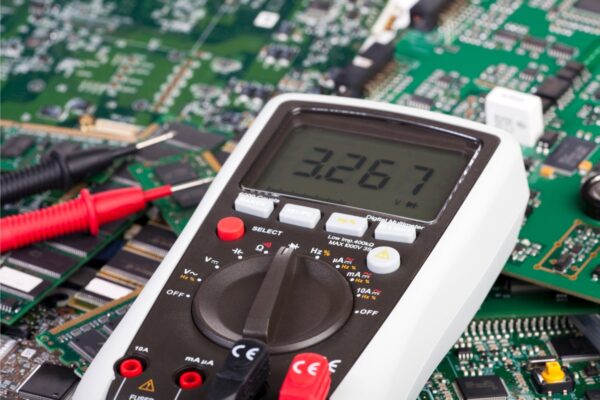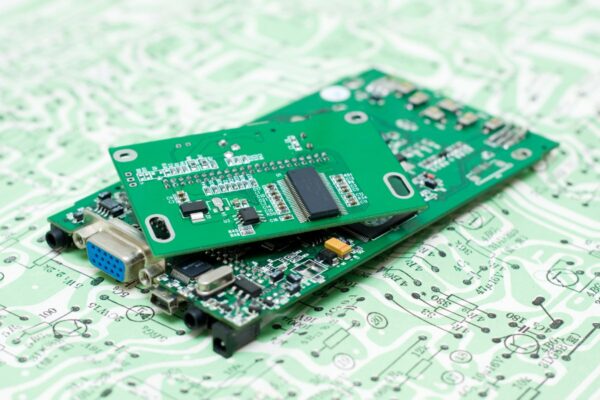What is Etchant
Etchant is a chemical solution used in the process of etching. Etching is a step in creating a printed circuit board as it involves selectively removing unwanted copper or other materials from the PCB’s surface to create the desired circuit pattern.
During the etching process, the etchant solution is applied to the PCB, where it chemically reacts with the exposed copper, dissolving it and leaving behind the desired circuit traces. This selective removal of material allows for the creation of intricate circuit patterns.
In industrial circuit board fabrication, etching is typically divided into two main processes: acidic etching and alkaline etching. Acidic etching involves the use of an acidic etchant solution, while alkaline etching utilizes an alkaline etchant solution. These different processes offer various advantages and considerations depending on the specific requirements of the PCB being produced.
To enhance the etch rate and complexity of commercial etchants, manufacturers often incorporate chemical additives. These additives can improve the efficiency of the etching process and enable more intricate circuit designs. For example, hydrochloric acid (HCI) is commonly used as an additive for FeCl3 and CuCl2 etchants. HCI acts as a source of chlorine, resulting in the generation of metal chlorides instead of hydroxides during the etching process. This chemical reaction helps the etchant retain the dissolved metals.
The amount of additive used in an etchant is limited by the specific etching machine being employed. Excessive amounts of hydrochloric acid or other additives can lead to unwanted reactions with the etching machine components.





